The humble instant noodle has long been a savior for busy students, exhausted office workers, and anyone craving a quick, comforting meal. But in recent years, a culinary revolution has transformed this basic pantry staple into something far more decadent. Across social media platforms and home kitchens worldwide, a powerful trifecta of ingredients has emerged as the ultimate instant noodle upgrade: eggs, cheese, and Spam. This unlikely trio has sparked a global phenomenon, turning simple packets of dried noodles into rich, satisfying meals that blur the line between convenience food and proper cooking.
At first glance, the combination might seem unusual - after all, traditional Asian noodle dishes rarely incorporate dairy. Yet the magic of this formula lies in its ability to create a luxurious texture and depth of flavor with minimal effort. The egg, whether softly poached in the broth or vigorously scrambled into the noodles, provides a velvety richness that coats each strand. Cheese, typically processed slices or shredded varieties that melt beautifully, introduces a creamy umami quality that complements the salty broth. And Spam, that polarizing canned meat product, brings a satisfying meatiness and nostalgic comfort that resonates across cultures.
The origins of this trend are as murky as a well-seasoned broth, but its popularity undoubtedly stems from Korean "army base stew" (budae jjigae), a dish born from postwar scarcity that combined American military rations like Spam and processed cheese with Korean chili paste and instant noodles. Over time, home cooks began simplifying the concept, realizing that these three ingredients could elevate even the most basic instant noodles into something special. Today, variations of this formula appear in dorm rooms from Boston to Bangkok, each preparation reflecting local tastes and ingredient availability.
What makes this combination so universally appealing is its transformative power. A packet of noodles that might taste flat and one-dimensional suddenly becomes complex and satisfying with these additions. The egg's proteins interact with the starchy noodle water to create a thicker, more substantial broth. As the cheese melts, it forms stretchy strands that carry flavor with every bite. The Spam, when lightly fried, develops caramelized edges that provide textural contrast to the soft noodles. Together, they create a complete sensory experience - creamy, salty, savory, and comforting all at once.
Social media has played a crucial role in popularizing this trend, with food influencers demonstrating endless variations. Some swear by adding the cheese at the end for maximum meltiness, while others incorporate it earlier to allow it to dissolve into the broth. The egg might be dropped in whole to poach, swirled in for a ribbon effect, or even served as a golden-yolked topping. Spam can be cubed and fried until crisp or sliced thin to melt slightly in the hot broth. These small adjustments allow each cook to put their personal stamp on the dish while staying true to the core formula.
The beauty of this combination lies in its adaptability to different regional instant noodle varieties. With Japanese ramen-style instant noodles, the cheese mellows the rich tonkotsu broth while the egg mimics traditional ramen toppings. Paired with spicy Korean noodles, the dairy helps balance the heat while the Spam adds substance. Even with simple chicken-flavored noodles, the trio transforms them into something approaching a proper meal. This versatility has contributed to the formula's staying power - it's not tied to any single cuisine or flavor profile.
Nutritionally, while no one would mistake this for health food, the combination does offer some benefits over plain instant noodles. The added protein from the egg and Spam helps balance the carbohydrates, potentially making the meal more satiating. The cheese provides calcium, and when vegetables like scallions or mushrooms are added (as they often are), the dish becomes more nutritionally rounded. Of course, the high sodium content remains a concern, but as an occasional indulgence rather than daily fare, it represents a significant improvement over eating the noodles plain.
As food costs rise globally, this formula also represents an affordable way to stretch expensive ingredients. A single egg, a slice of cheese, and a few ounces of Spam can transform an inexpensive packet of noodles into a meal substantial enough for two, or one very hungry person. The ingredients keep well, making them ideal for pantry storage. In an era of economic uncertainty, such small luxuries that don't break the bank hold particular appeal.
The cultural significance of this trend shouldn't be underestimated either. In combining American processed foods with Asian instant noodles, it represents a delicious form of culinary diplomacy. The dish transcends its humble origins to become something greater than the sum of its parts - a metaphor for cultural exchange and adaptation. For children of immigrants, it might evoke memories of parents adapting to new countries by combining familiar ingredients in novel ways. For others, it's simply a delicious discovery that bridges culinary traditions.
Looking forward, the eggs-cheese-Spam formula seems likely to endure as a standard instant noodle upgrade. Its simplicity, affordability, and delicious results check all the boxes for modern eating. As instant noodle companies take note, we may even see official "premium" versions incorporating these elements. But half the charm lies in the DIY aspect - the satisfaction of transforming something basic into something special with just a few additions. In a world that often feels overwhelming, such small, achievable acts of culinary creativity provide comfort in more ways than one.
Ultimately, this trend speaks to our universal desire to elevate the everyday. Whether you're a time-pressed parent, a broke college student, or just someone seeking comfort in a bowl, the alchemy of eggs, cheese, and Spam with instant noodles delivers satisfaction far beyond expectations. It's a reminder that great flavor doesn't require fancy techniques or expensive ingredients - sometimes, the most transformative combinations are hiding in plain sight, waiting to be discovered in our pantries and refrigerators.
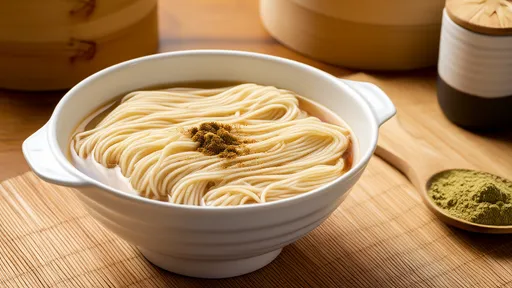
By /Jul 24, 2025
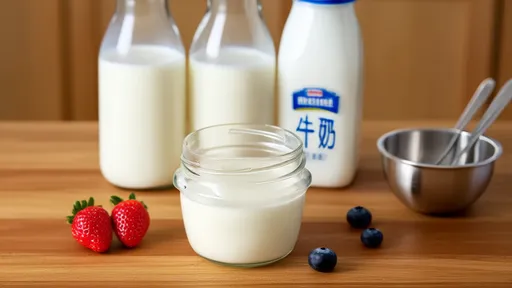
By /Jul 24, 2025
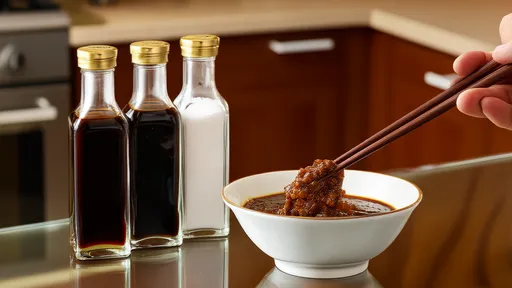
By /Jul 24, 2025
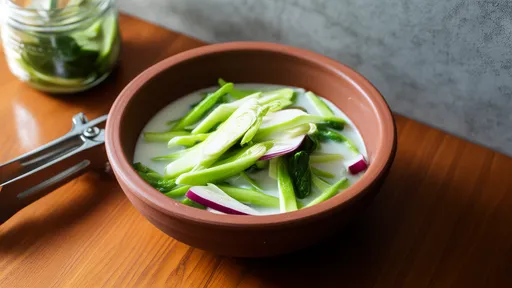
By /Jul 24, 2025
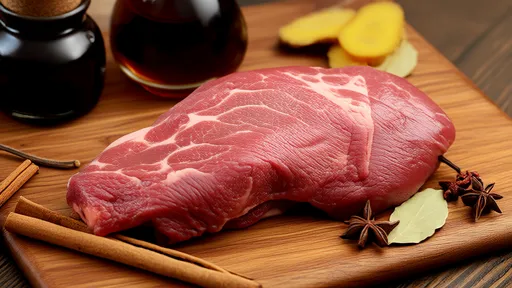
By /Jul 24, 2025
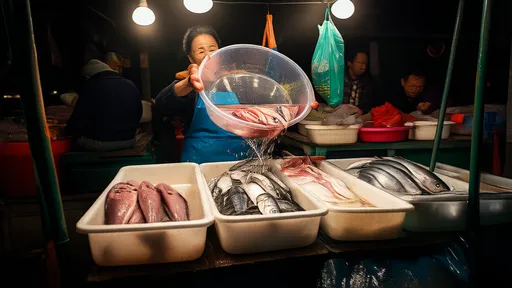
By /Jul 24, 2025

By /Jul 24, 2025

By /Jul 24, 2025
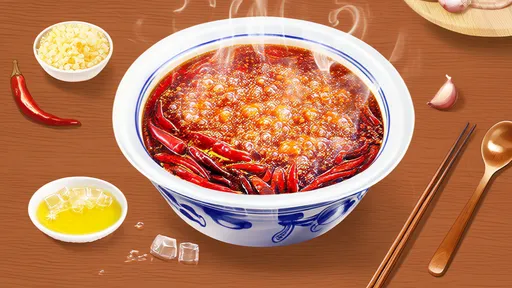
By /Jul 24, 2025
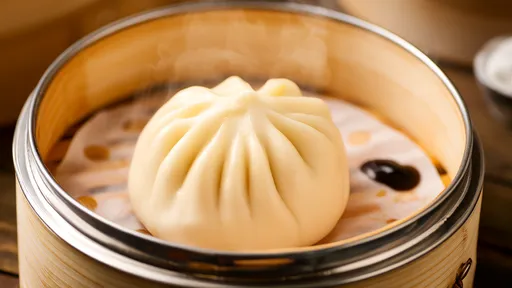
By /Jul 24, 2025

By /Jul 24, 2025

By /Jul 24, 2025

By /Jul 24, 2025
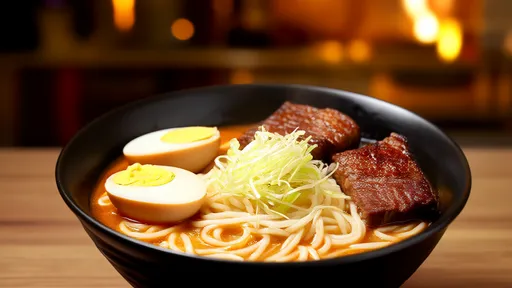
By /Jul 24, 2025
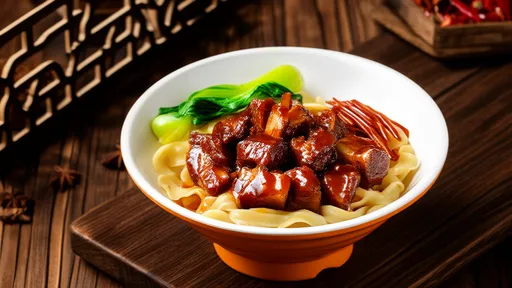
By /Jul 24, 2025
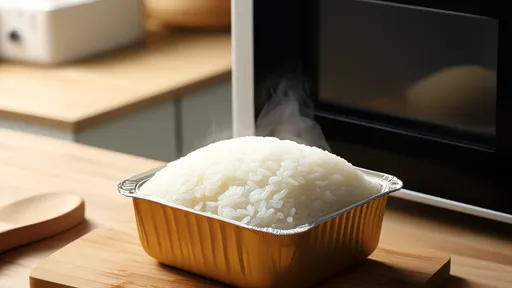
By /Jul 24, 2025
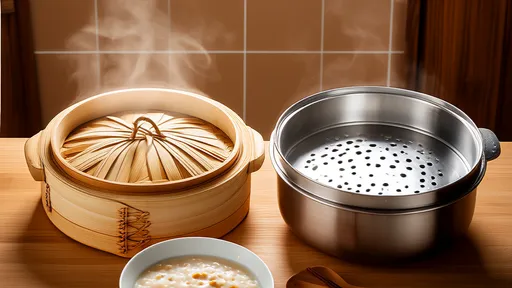
By /Jul 24, 2025

By /Jul 24, 2025